Caution
High Hazard
Extreme
Active/Upcoming Event
Waimanalo Beach Park
Water Temperature
...
Wave Height
...
Wind
...
Waimanalo Bay Beach Park & Recreation Area is a place rarely visited by tourists, that has one of the Oahu Beaches that will leave you in awe of the fact that you had no idea it existed in Oahu. Waimanalo beach on a sunny day is jaw-dropping dead gorgeous, with turquoise blue waters and miles of some of the softest white sand your will toes will ever touch!
Prehistoric Oahu is what comes to mind when entering the Waimanalo Bay Beach Park.
Not to be confused with the nearby Waimanalo Beach Park (which is also very beautiful), this countryside Oahu beach along with its northern neighbor, Bellows Beach Park, are some of Hawaii’s undiscovered gems. Together they make up over a 3 mile stretch of pristine beach front.
amenities

Metered Parking

Picnic

Restrooms

Showers
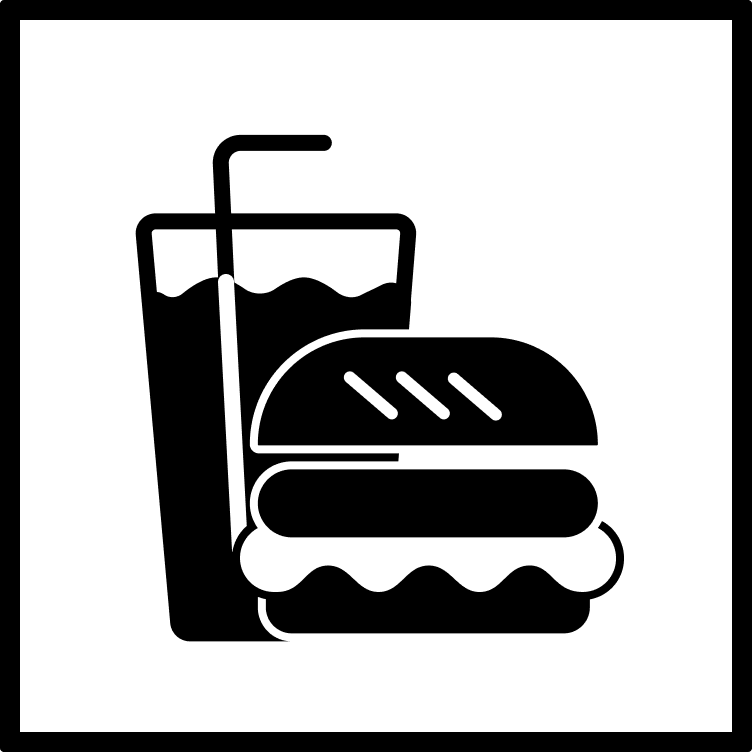
Snack Shack
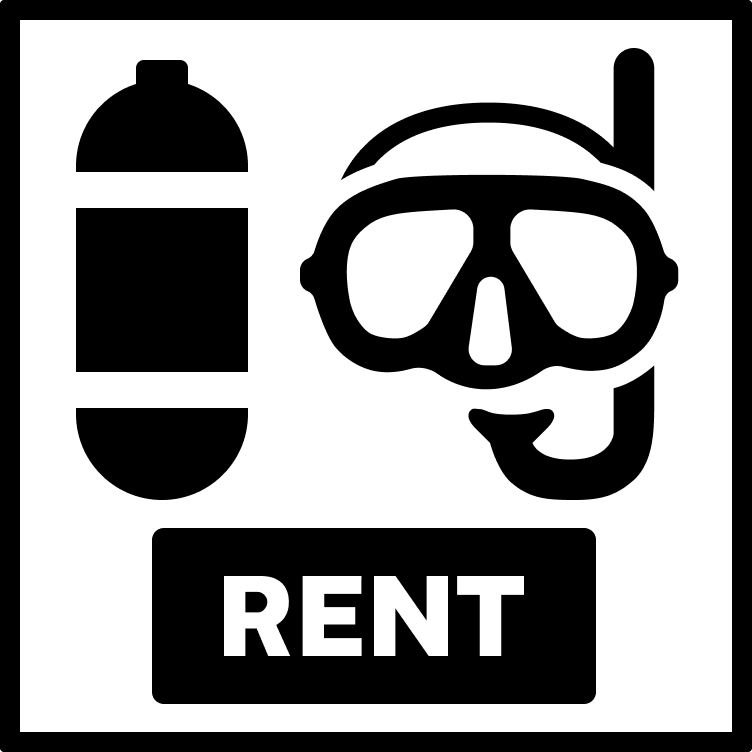
Gear Rental
activities
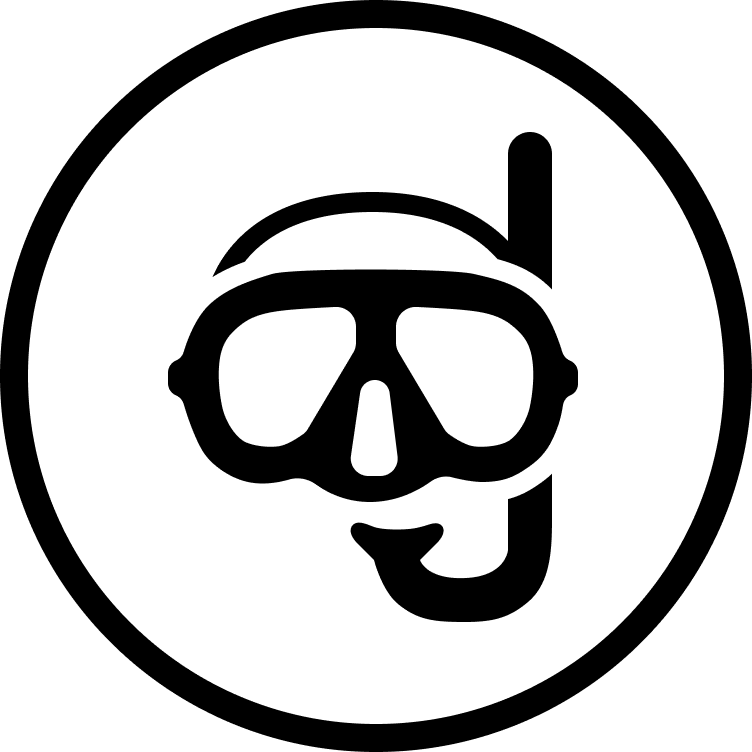
Snorkeling
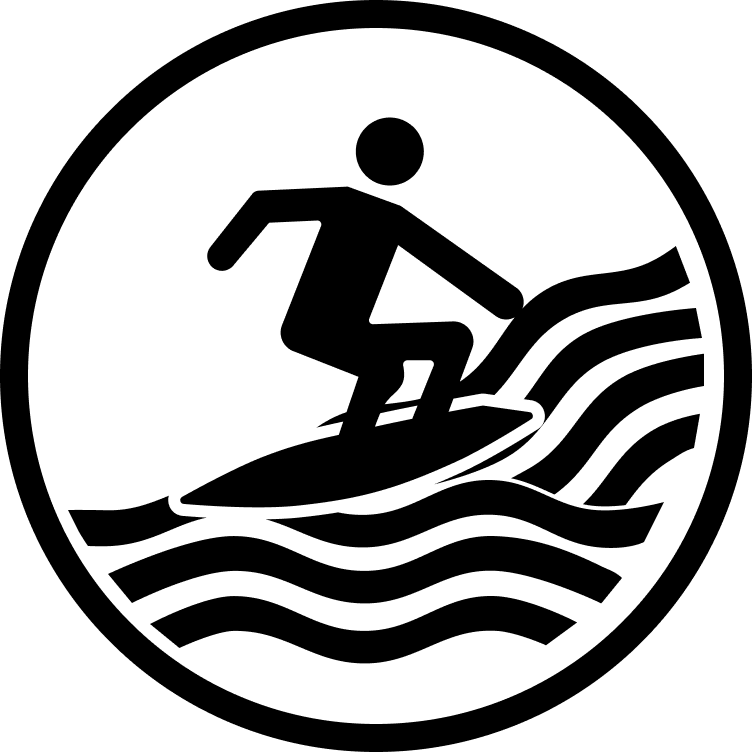
Surfing

Swimming
prohibitions

No Alcohol
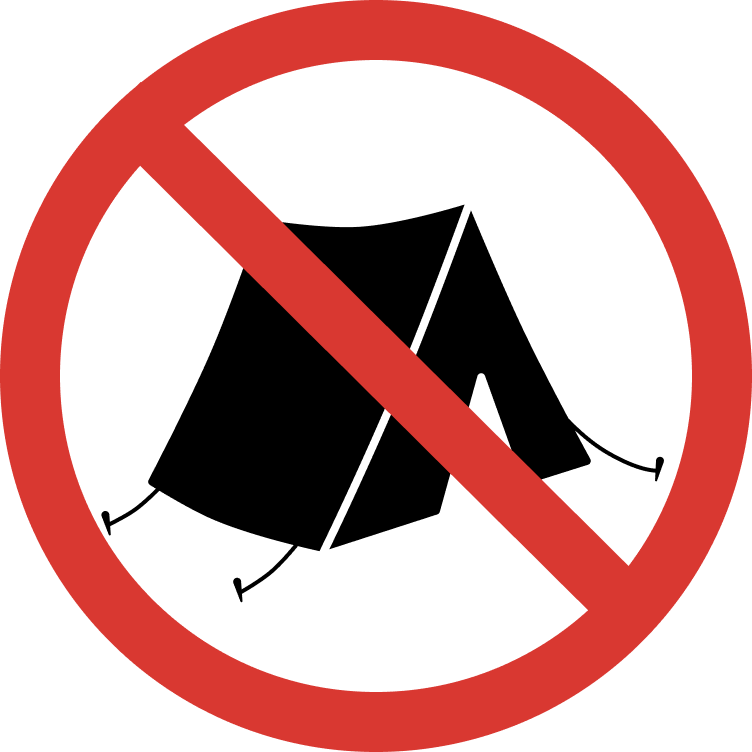
No Camping

No Dogs

No Fire Pits

No Fishing

No Smoking
hazards
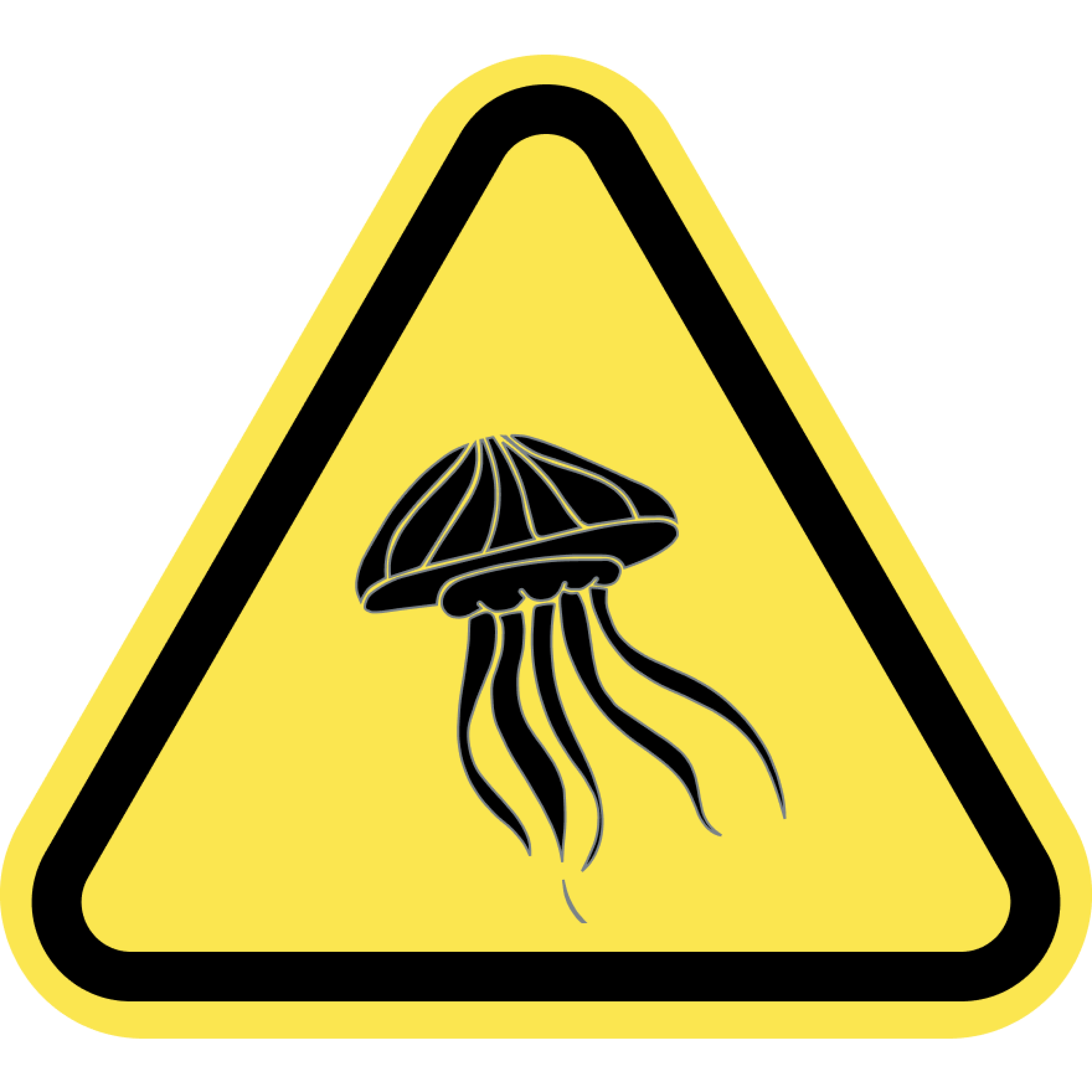
Jellyfish
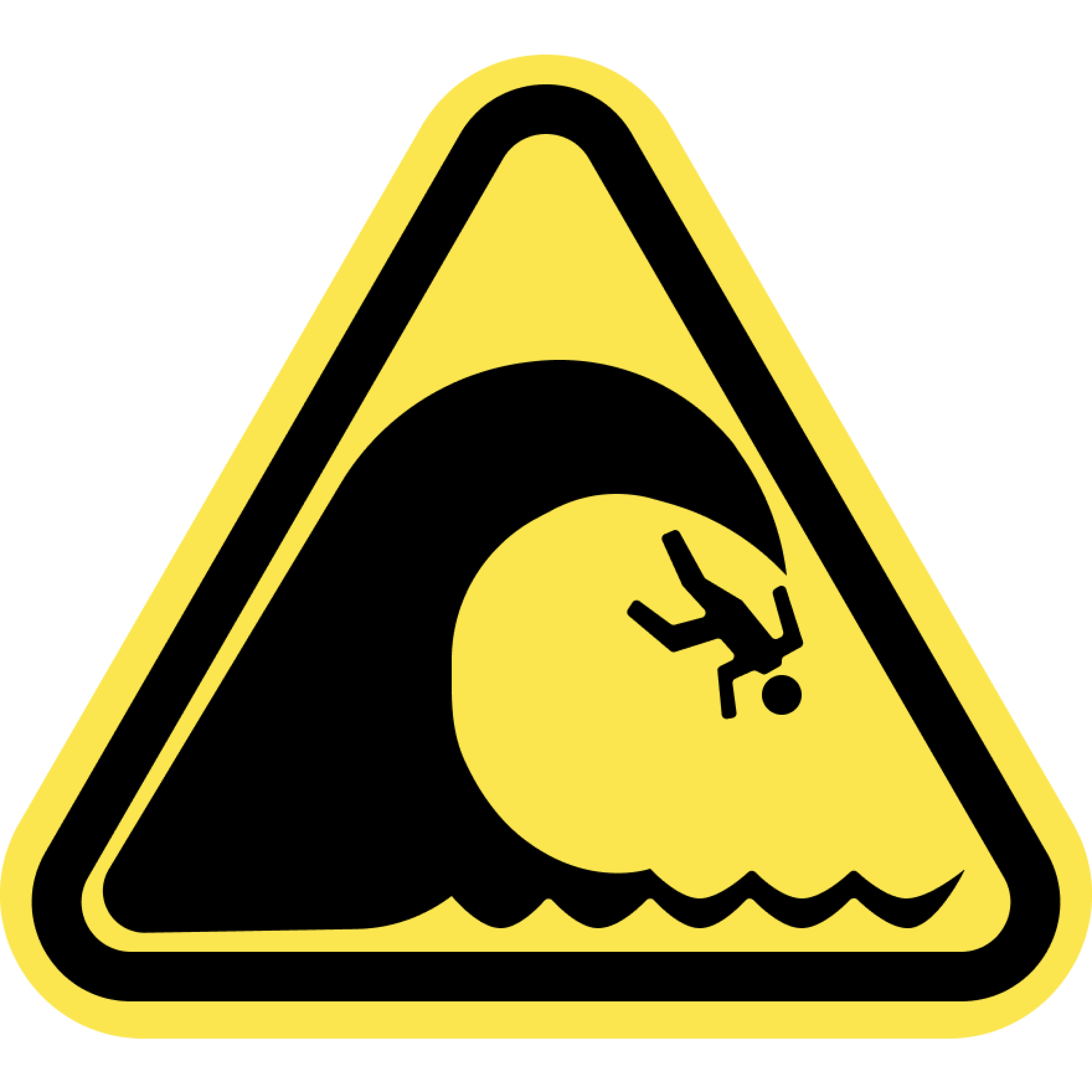
Large Waves
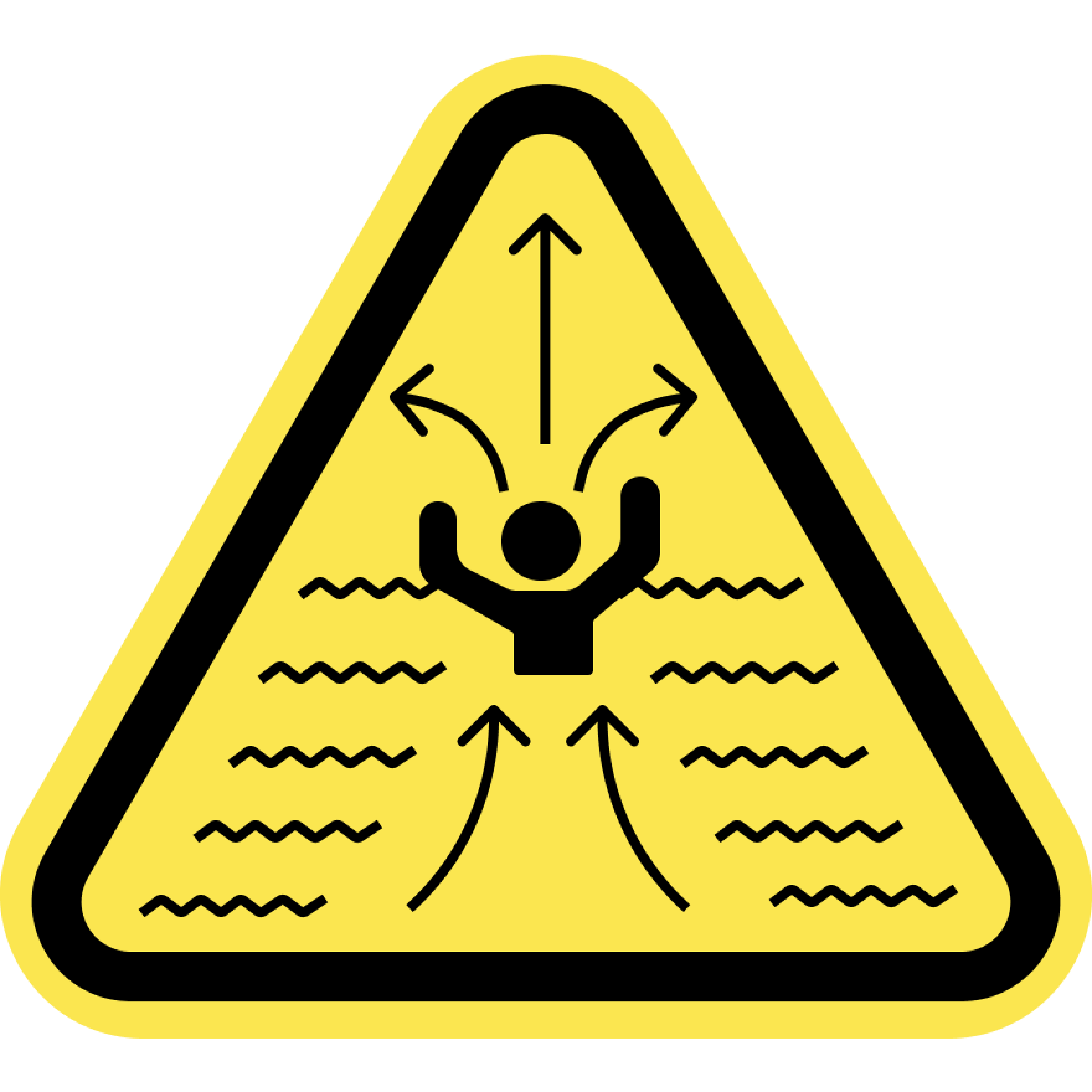
Rip Currents

Sharks
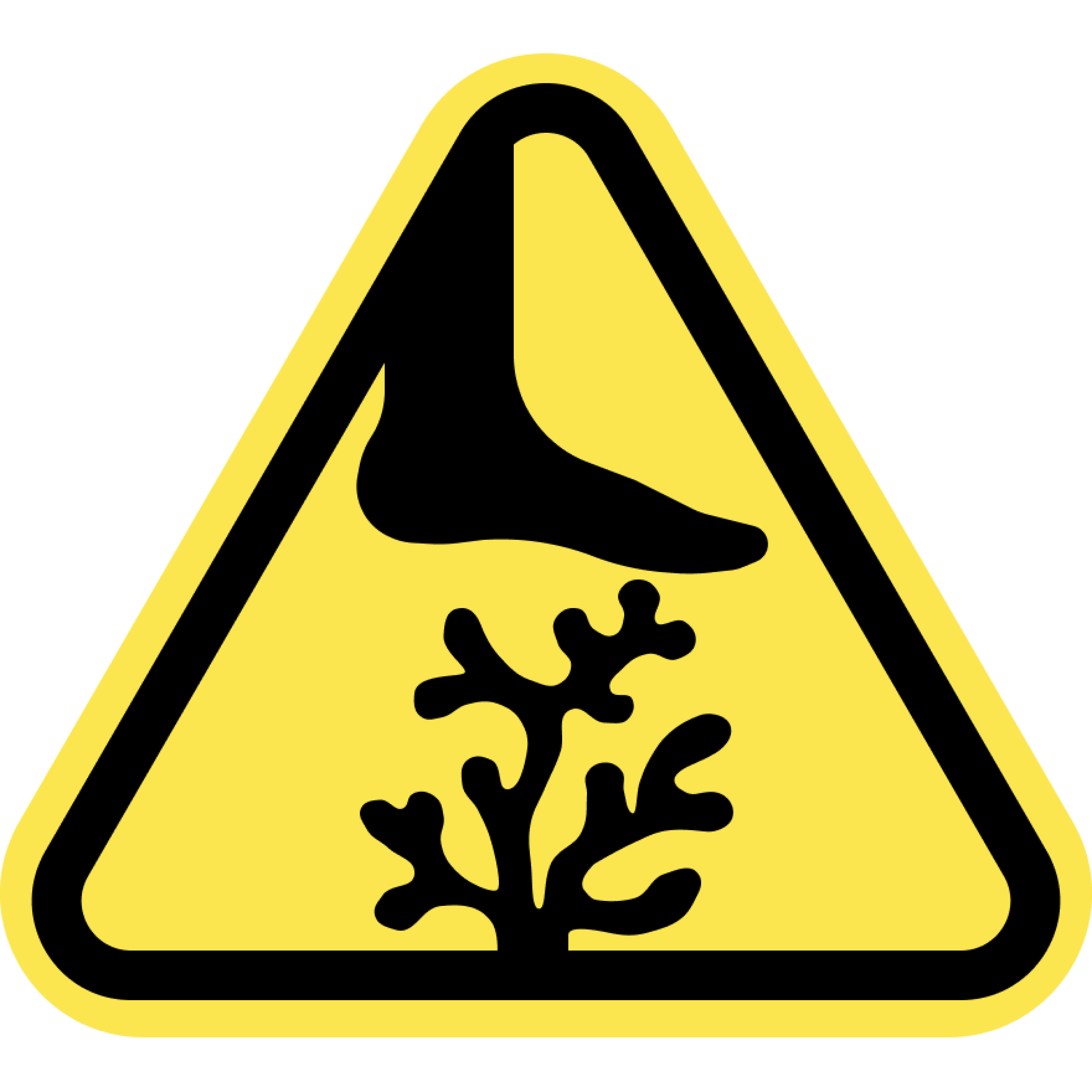
Sharp Coral
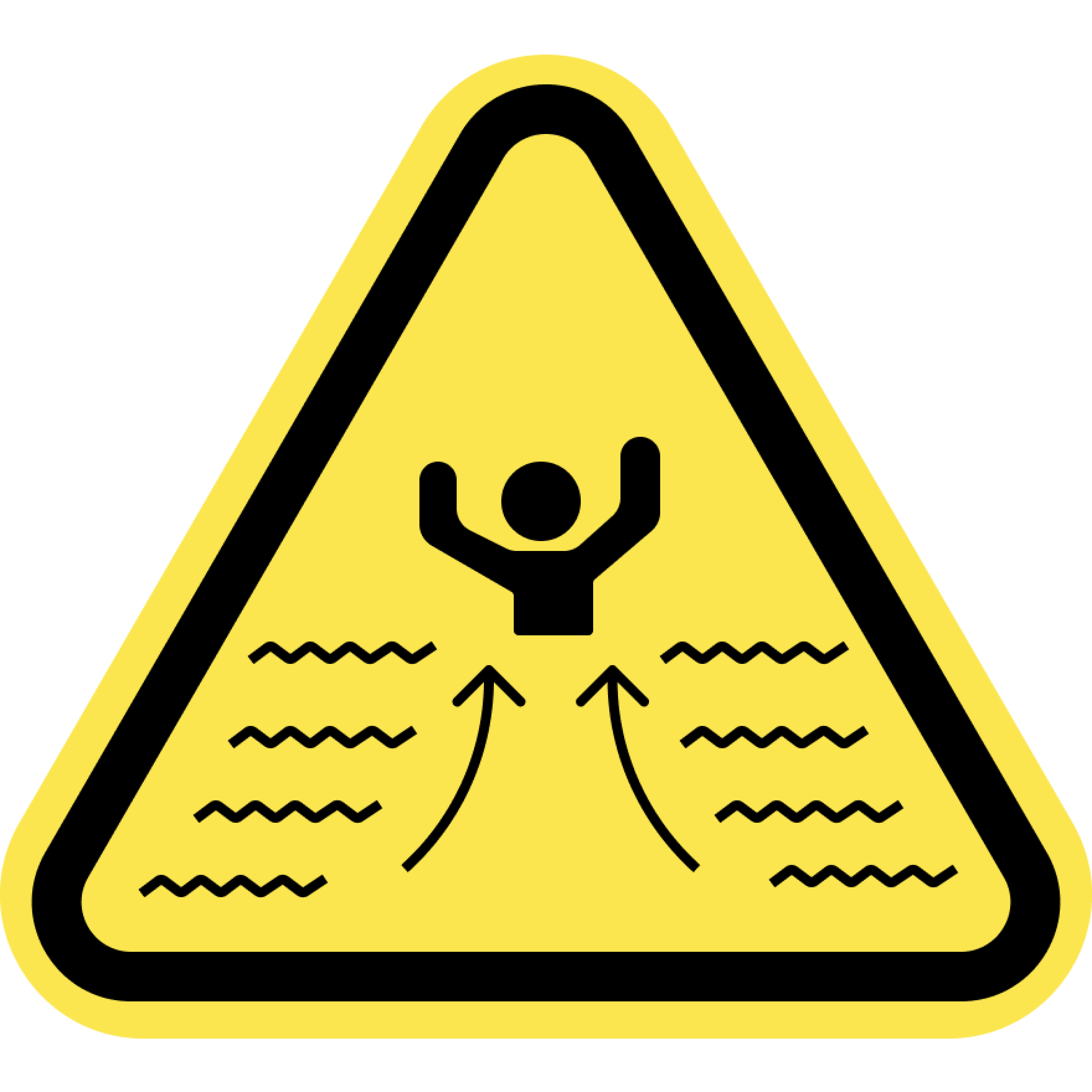
Strong Currents
Swim at your Own Risk
Beaches and oceans are dynamic natural environments. Crowd conditions, currents, waves, wild animals, and other water and beach conditions can rapidly change. The risks and conditions shown on this site are informational only and not always real-time. Actual conditions may differ. Lifeguards are not always on duty or available. Always remain aware of your surroundings and exercise due care for your own safety and the safety of others around you.
Always check for water warnings or check with a lifeguard before you swim.



